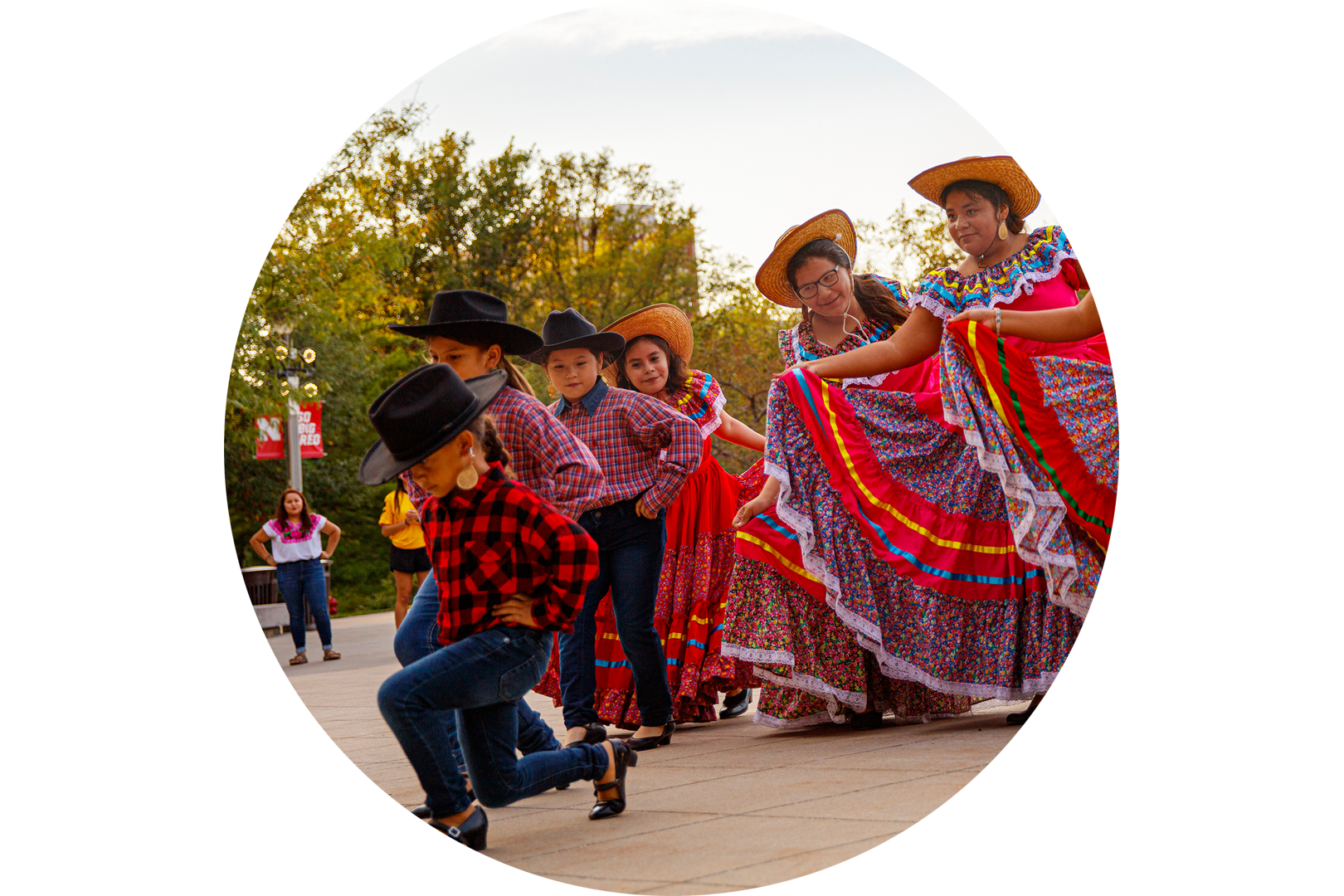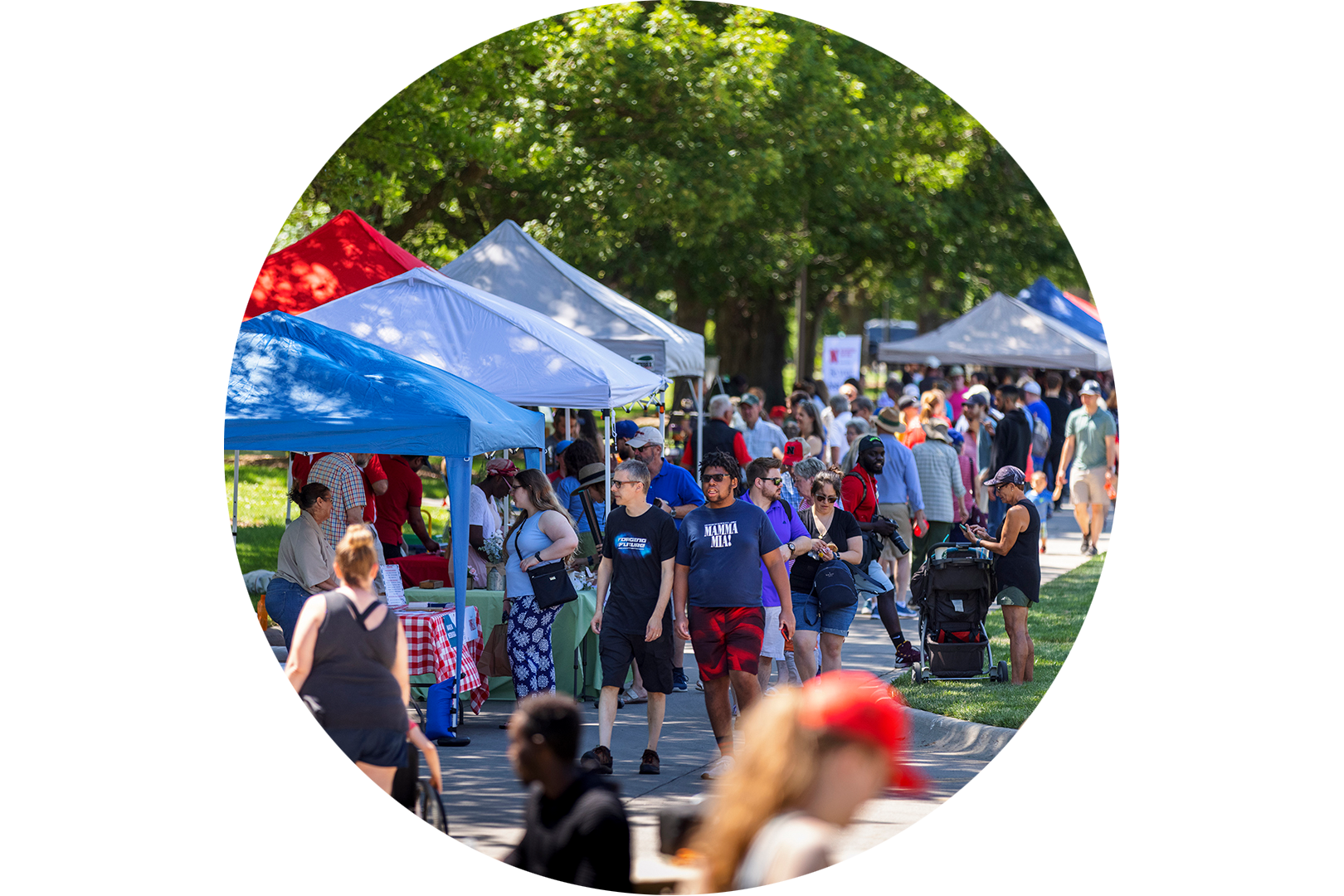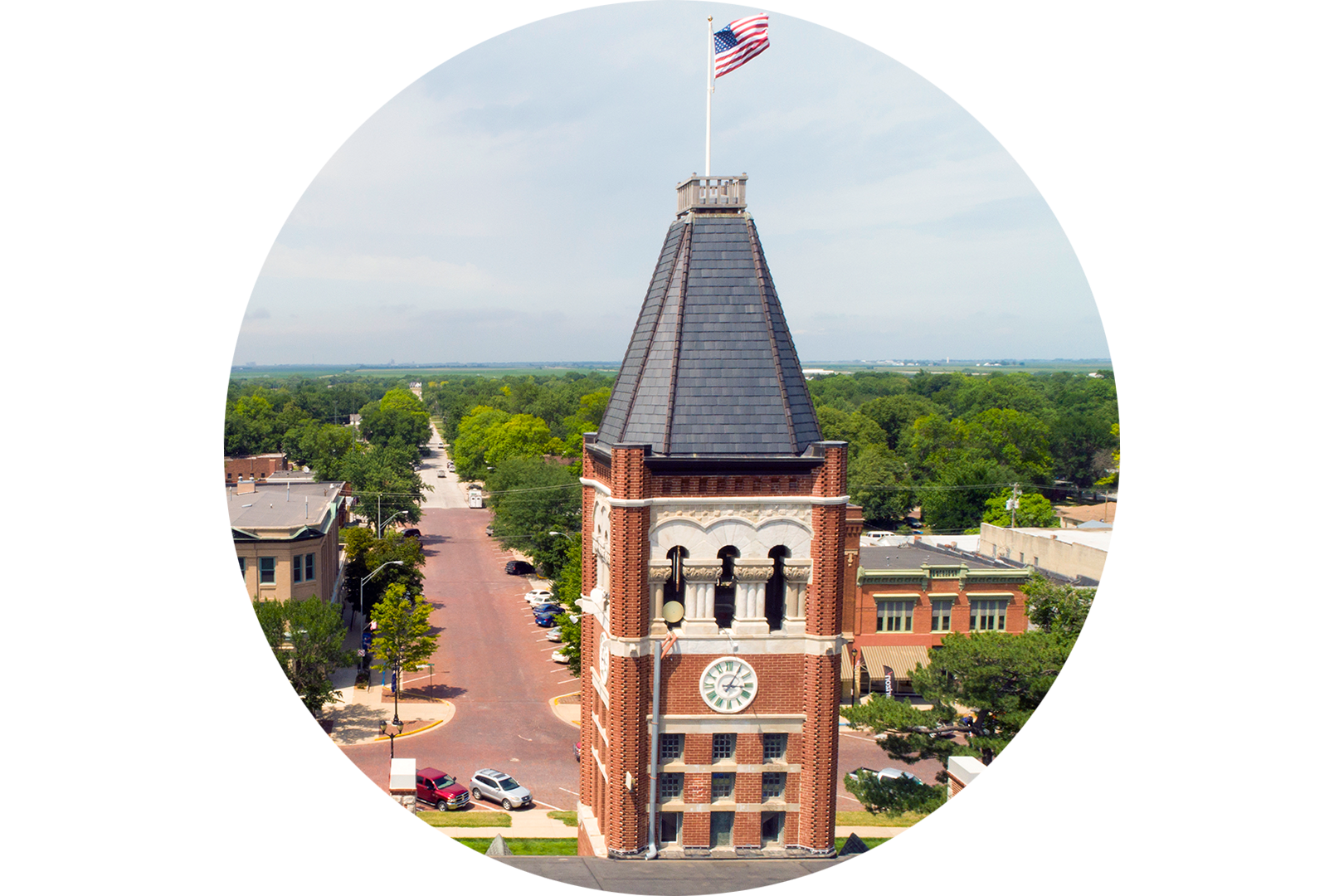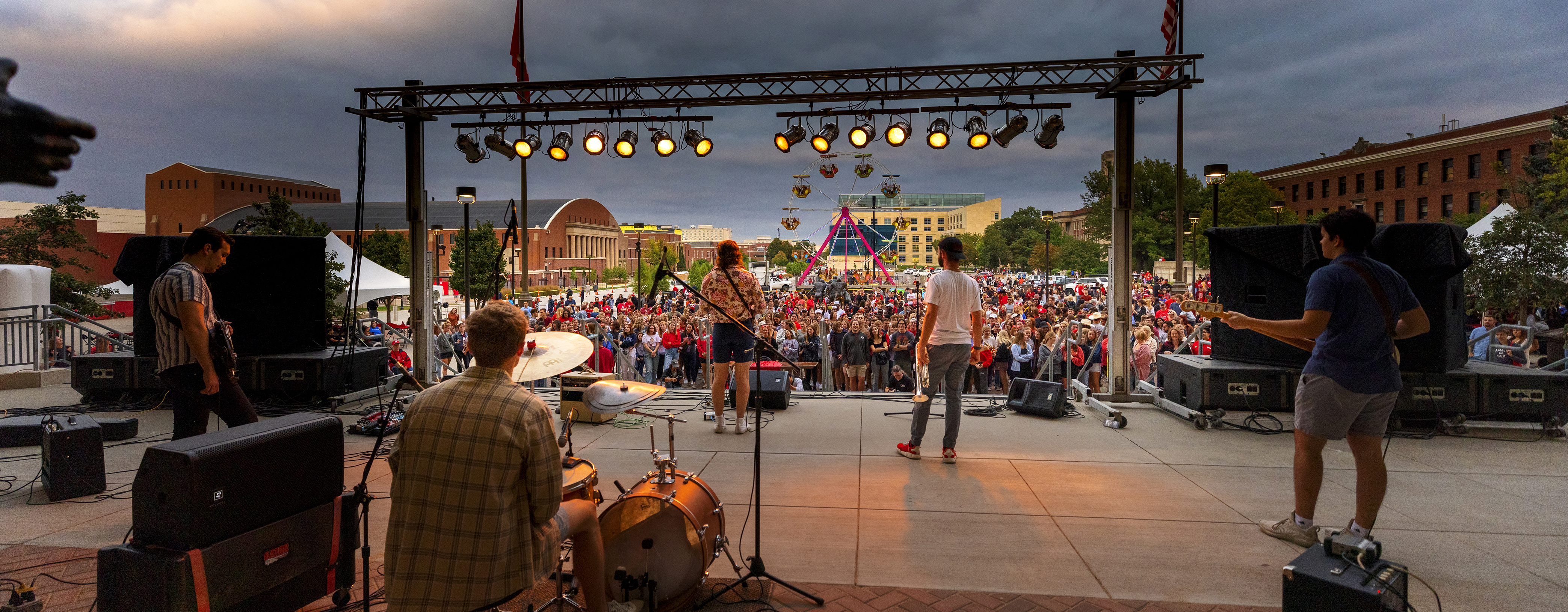Find your niche!
Marketing Hometown America brings together Rural Prosperity Nebraska’s People Attraction team and local steering committees for dynamic, collaborative conversations. Residents focus on what makes their community stand out and how they can enhance those assets to attract tourists and new residents. Through these discussions, steering committees set clear goals and create action plans to drive community-wide growth and make their hometown shine.

OBJECTIVES
By participating in Marketing Hometown America, you will:
- Understand how a community can market itself new and existing residents
- Practice skills of positive community dialogue
- Identify what newcomers are looking for in rural communities
- Rediscover local assets that attract newcomers
- Build and implement marketing action plans
- Create a positive image of your community through websites and social media
- Increase your capacity to address future issues through community engagement

PROGRAM OVERVIEW
The program is most successful when community members embrace their rolls:
- Community Champions (1-2 people)
- Encourage community participation and create a steering committee
- Steering Committee (5-7 people)
- Oversee and guide the process
- Conversation Hosts (8-15 people, depending on the size of the community)
- Lead four small-group conversations over a six-week period
- Community Conversation Participants (8-12 people per group)
- Participate in the conversations and develop ideas for the community plans
- MHA Extension Coach
- Work with steering committee, train conversation hosts, provide materials and coordination support, and attend the launch and huddles

WHAT THE PROGRAM COVERS
Four community conversations lead participants to fresh ideas that help create a vision, and take actions toward that vision. Before the discussions, a public launch announces the program:
- Session 1: What is our connection to this community?
- Session 2: How does our community stack up?
- Session 3: Why would people want to move here?
- Session 4: Action steps to promote our community
An action forum brings everyone together to develop a plan and action steps. Action teams implement, review status, and revise the actions to reach a successful outcome.
TIMELINE
The process takes five to seven months, with follow-up actions taking six to nine months.
- 4-6 weeks to create a steering committee
- 2-3 weeks to plan and implement recruitment and training
- 1 or 2 weeks after the training, the launch is held
- 1 or 2 weeks after the launch, sessions begin
- At least one week after the last session, host the action forum
- After the forum, action teams complete projects in six to nine months
COST
$2,500, which covers all materials, community training and travel costs. If several communities partner, or if a county-wide program is needed, additional conversations can be held to determine materials required and added travel costs.
MHA is not university-directed. As residents know their towns best, this program is owned by the community, and decisions are made by community members.
Contact Us
CHERYL BURKHART-KRIESEL
RPN Extension Educator
308-632-1234
cburkhartkriesel1@unl.edu
MARILYN SCHLAKE
RPN Extension Educator
402-472-4138
mschlake1@unl.edu
